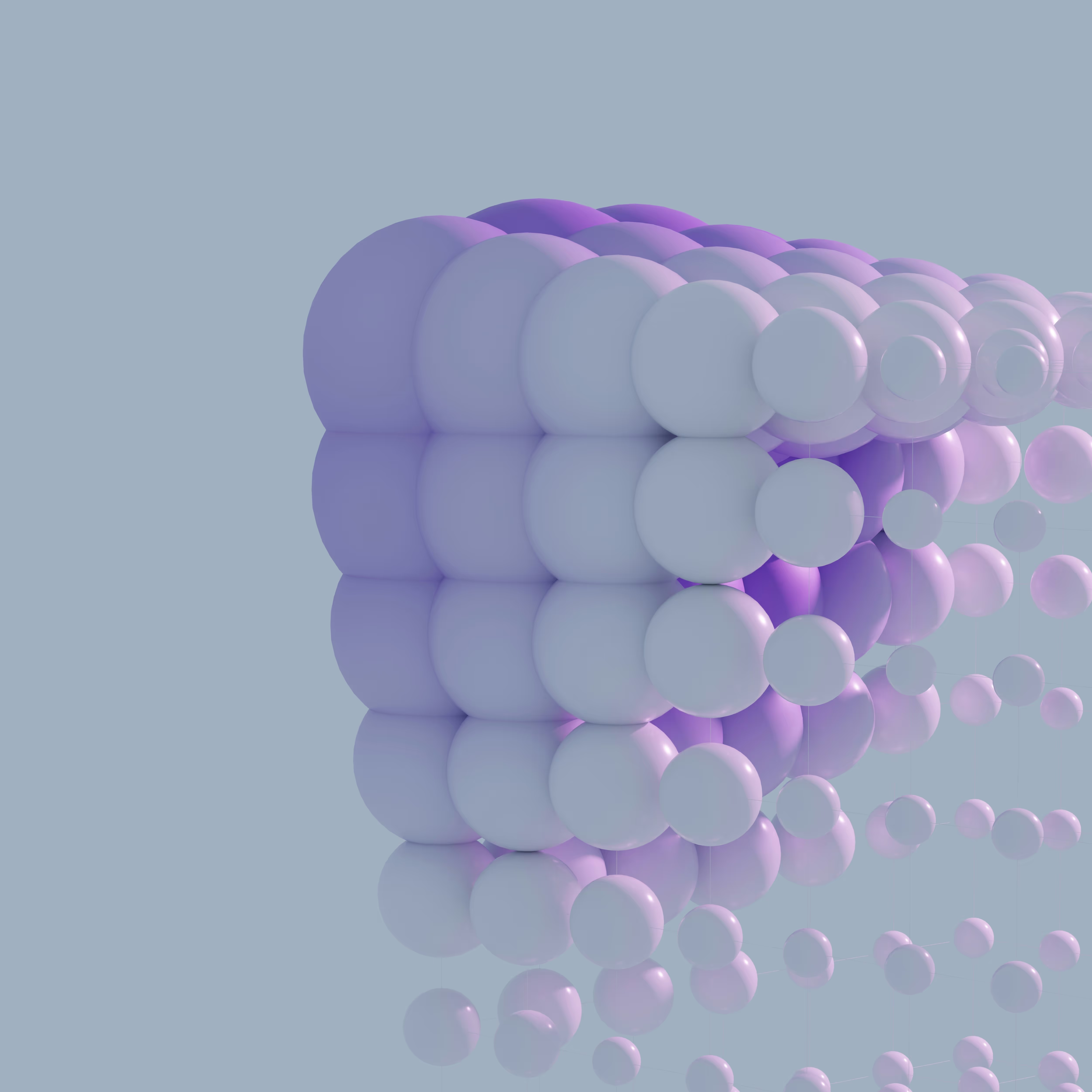In recent years, ketamine therapy has emerged as a powerful and promising intervention for individuals struggling with treatment-resistant depression, anxiety, PTSD, and other mental health conditions. And for many, the idea of embarking on this journey raises a deeply personal and pressing question: What does ketamine therapy feel like?
The short answer is: it varies. Each person’s response is shaped by their unique psychological landscape, physical constitution, and the careful clinical environment in which treatment takes place. Even for a particular individual, each treatment, in fact, is experienced differently. Within this variability lies a consistent and transformative thread — the experience often invites patients into a space of expanded awareness, emotional release, and profound cognitive shifts.
What Does Ketamine Therapy Feel Like?
From a clinical standpoint, ketamine operates as a dissociative anesthetic. That dissociation is not a side effect but a core feature of the treatment’s potential. When used therapeutically and in controlled doses, ketamine allows the mind to “decenter” — to step back from the rigid narratives that often define chronic mental illness. People frequently describe this as an out-of-body sensation, or the feeling of watching thoughts from a distance.
The most accurate response to the question, “What does ketamine therapy feel like?” is that it creates a temporary state of spaciousness. For some, this can manifest as a softening of mental loops — the voice of the inner critic quiets, entrenched stories loosen their grip, and emotions long held at bay begin to surface gently. Others may experience vivid visual imagery, emotional catharsis, or a deeply embodied sense of calm. People often describe being in an observer’s position: watching thoughts and memories coming from the seeming void and presenting themselves to a person’s observing awareness.
It is not uncommon for patients to report moments of insight that feel both novel and familiar — like recognizing something they had always known, but could not previously access.
The Nature of Dissociation with Ketamine
Much of the healing potential is housed in what is sometimes called ketamine therapy dissociation. It’s a gentle detachment — not from reality itself, but from the version of reality that depression or trauma may have constructed. This state creates an opening and in this in-between place, patients may explore painful memories with less fear, see their lives from new perspectives, or simply rest in a rare moment of mental quiet. Some describe this aspect of the ketamine therapy dissociation as floating, others as grounding. For a subset of patients, it may feel dreamlike — an experience that defies language, but carries emotional resonance long after the session ends.
Importantly, dissociation is not the goal, but the gateway. hese experiences can become the foundation for sustained healing and growth.
The Ketamine Experience: Clinical and Emotional Dimensions
When people first enter a session, they may carry anxiety about what lies ahead. But with clear preparation, a nurturing clinical setting, and intentional guidance, this anxiety often transforms into curiosity — and eventually, trust.
The ketamine and esketamine experience typically begins within minutes of administration. As the medicine takes effect, patients often report a shift in sensory perception: time may stretch, colors may intensify, the body may feel light or fluid. These physiological effects are paired with a subjective sense of “being elsewhere” — yet still tethered to one’s sense of self.
During this phase, the ketamine experience can bring to surface complex emotions — grief, joy, fear, release. These are not side effects. They are often the very material the mind has struggled to access through traditional therapy. When held in a safe space, they become deeply reparative.
Conclusion: What Ketamine Therapy Feels Like
The therapeutic use of ketamine is not about chasing altered states — it’s about returning, gently and courageously, to parts of the self that have been hidden, silenced, or fractured. While every individual’s journey is unique, the consistent feedback we hear is this: ketamine therapy offers more than symptom relief. It offers reconnection.
So, what does ketamine therapy feel like? It feels like “possibility”. Like stepping into a space where healing can begin, not through force, but through soft, sustained release. And in that space, ketamine therapy dissociation is not an escape — it’s a doorway.





